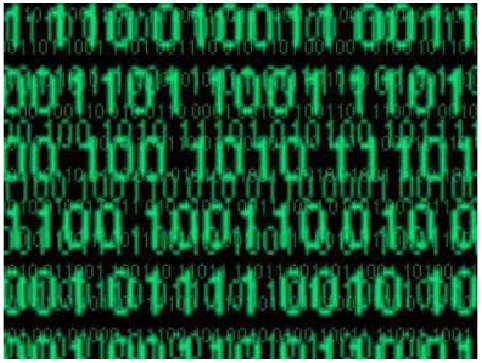| Splitting Numbers |
We define the operation of splitting a binary number n into two numbers a(n), b(n) as follows. Let
0![]() i1 < i2 < ... < ik be the
indices of the bits (with the least significant bit having index 0) in n that are 1. Then the indices of the bits of a(n) that
are 1 are
i1, i3, i5,... and the indices of the bits of b(n) that are 1 are
i2, i4, i6,...
i1 < i2 < ... < ik be the
indices of the bits (with the least significant bit having index 0) in n that are 1. Then the indices of the bits of a(n) that
are 1 are
i1, i3, i5,... and the indices of the bits of b(n) that are 1 are
i2, i4, i6,...

For example, if n is 110110101 in binary then, again in binary, we have a = 010010001 and b = 100100100.
Each test case consists of a single integer n between 1 and 231 - 1 written in standard decimal (base 10) format on a single line. Input is terminated by a line containing `0' which should not be processed.
The output for each test case consists of a single line, containing the integers a(n) and b(n) separated by a single space. Both a(n) and b(n) should be written in decimal format.
6 7 13 0
2 4 5 2 9 4